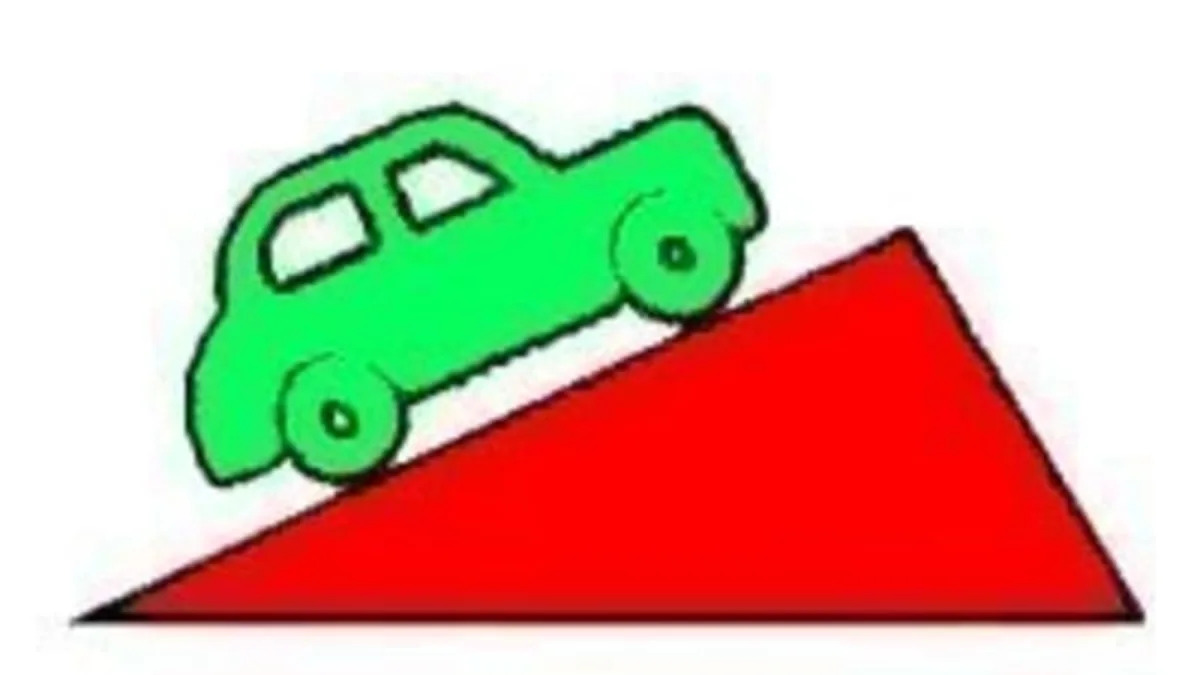Best Year Since 2007, F-Series And Camry Remain Top-Sellers
Most automakers probably wish the party that was 2012 would keep right on going into 2013, because the past year was was very good for the auto industry in terms of sales. With December sales now reported, the final seasonally adjusted sales rate of the year is 15.38 million vehicles. Automotive News reports that 14.49 million light vehicles were sold in all, which is up 13 percent compared to 2011 and marks the third straight year of growth over 10 percent.
Of the major brands, Chrysler was the biggest winner with a 39.13-percent rise in sales compared to 2011, followed closely by Volkswagen with a gain of 35.06 percent. Of the big, big brands, however, Toyota led all with a rise of 27.12 percent on sales of 1,838,338 units. Honda followed with a gain of 12.69 percent on 1,266,569 sales. Both Japanese automakers can now be said to have fully recovered from both natural disasters that disrupted their production and supply lines, as well as recalls from previous years that had damaged both their brand images and reputations for sterling quality.
Perhaps it would be quicker to talk about the brands that didn't perform well, as that group is much smaller. Coming in under a red flag were Cadillac (-1.71 percent), Jaguar (-2.16 percent) and Lincoln (-4.08 percent) – all luxury brands and each missing out on reporting a sales gain by relatively small margins. At the bottom of the barrel, however, is Mitsubishi, which found itself with sales falling 28.09 percent compared to 2011. Suzuki was also down, 4.73 percent to be exact, despite some speculating the fire sale of its remaining inventory would lead to an improvement in sales for the brand, which announced it was exiting the US market back in November.
Lastly, let's go over some particular stats to give you a better picture of last year's winners.
*Brands and companies are displayed in descending order according to their percentage change in volume sales. There were 307 selling days in 2012 and 307 selling days in 2011, so there is no difference between the change in yearly sales volume and the change in average daily sales rate (DSR) for each brand/company. Also, brands are combined and reported as companies only if their sales figures are released jointly.
Most automakers probably wish the party that was 2012 would keep right on going into 2013, because the past year was was very good for the auto industry in terms of sales. With December sales now reported, the final seasonally adjusted sales rate of the year is 15.38 million vehicles. Automotive News reports that 14.49 million light vehicles were sold in all, which is up 13 percent compared to 2011 and marks the third straight year of growth over 10 percent.
Of the major brands, Chrysler was the biggest winner with a 39.13-percent rise in sales compared to 2011, followed closely by Volkswagen with a gain of 35.06 percent. Of the big, big brands, however, Toyota led all with a rise of 27.12 percent on sales of 1,838,338 units. Honda followed with a gain of 12.69 percent on 1,266,569 sales. Both Japanese automakers can now be said to have fully recovered from both natural disasters that disrupted their production and supply lines, as well as recalls from previous years that had damaged both their brand images and reputations for sterling quality.
Perhaps it would be quicker to talk about the brands that didn't perform well, as that group is much smaller. Coming in under a red flag were Cadillac (-1.71 percent), Jaguar (-2.16 percent) and Lincoln (-4.08 percent) – all luxury brands and each missing out on reporting a sales gain by relatively small margins. At the bottom of the barrel, however, is Mitsubishi, which found itself with sales falling 28.09 percent compared to 2011. Suzuki was also down, 4.73 percent to be exact, despite some speculating the fire sale of its remaining inventory would lead to an improvement in sales for the brand, which announced it was exiting the US market back in November.
Lastly, let's go over some particular stats to give you a better picture of last year's winners.
- Best-Selling Brand: Ford (2,168,015)
- Best-Selling Luxury Brand: Mercedes-Benz (295,063 *includes Sprinter)
- Best-Selling Vehicle: Ford F-Series (645,316)
- Best-Selling Car: Toyota Camry (404,886)
- Best-Selling CUV: Honda CR-V (281,652)
- Best-Selling Minivan: Dodge Caravan (141,468)
- Battle of the Pony Cars: Chevrolet Camaro (84,391, -4.4%) beat Ford Mustang (82,995, +17.8%)
- Top Five Midsize Sedans: Toyota Camry (404,886), Honda Accord (331,872), Nissan Altima (302,934), Ford Fusion (241,263), Hyundai Sonata (230,605)
- Top Five Minivans: Dodge Caravan (141,468), Honda Odyssey (125,980), Toyota Sienna (114,725), Chrysler Town & Country (111,744), Nissan Quest (18,275)
*Brands and companies are displayed in descending order according to their percentage change in volume sales. There were 307 selling days in 2012 and 307 selling days in 2011, so there is no difference between the change in yearly sales volume and the change in average daily sales rate (DSR) for each brand/company. Also, brands are combined and reported as companies only if their sales figures are released jointly.


Sign in to post
Please sign in to leave a comment.
Continue